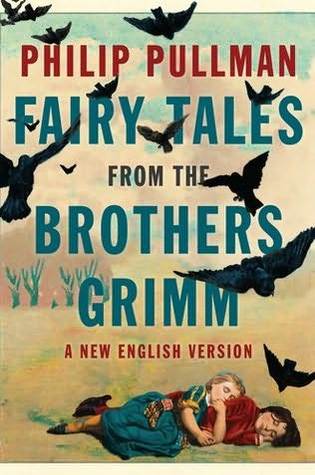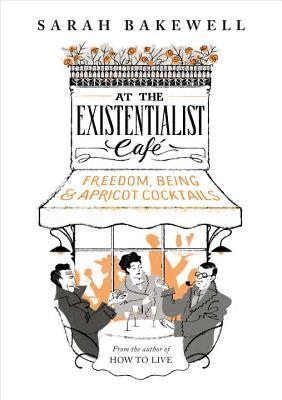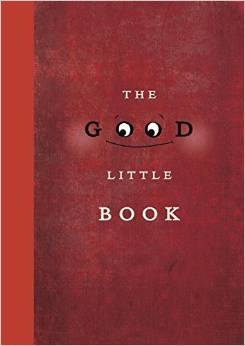 These are the Grimm fairytales as pulled from various sources, both well-loved and obscure, edited by Philip Pullman, author of The Golden Compass. It’s probably a given that the fairytales we absorb as children don’t generally sound quite the same when we hear them again as adults (although that probably also has something to do with Disney and the variations of some tales, especially the most popular such as Cinderella and Little Red Riding Hood, that abound), and while you might already know some of the gory originals to the stories you know and love – the removal of various parts of the feet in Cinderella, for one, is pretty well-circulated – Pullman does an excellent job choosing and editing the tales that he chooses to include in this volume.
These are the Grimm fairytales as pulled from various sources, both well-loved and obscure, edited by Philip Pullman, author of The Golden Compass. It’s probably a given that the fairytales we absorb as children don’t generally sound quite the same when we hear them again as adults (although that probably also has something to do with Disney and the variations of some tales, especially the most popular such as Cinderella and Little Red Riding Hood, that abound), and while you might already know some of the gory originals to the stories you know and love – the removal of various parts of the feet in Cinderella, for one, is pretty well-circulated – Pullman does an excellent job choosing and editing the tales that he chooses to include in this volume.
Pullman states from the start that he has taken liberties with some of the tales, leaving others in their original state, and he lets you know after each of the fairytales which ones have been revised from their original state and which have been preserved in whole, and, most importantly, why. He also makes a good point: fairytales were, and remain in part, a part of oral tradition, and as such the performer of the tale makes their own changes to parts of the story, whether it be the plot or the details, in order to tailor it to their way of storytelling – so why not change what doesn’t seem to be working, as an editor, to make even better fairytales for the reader? Continue reading

